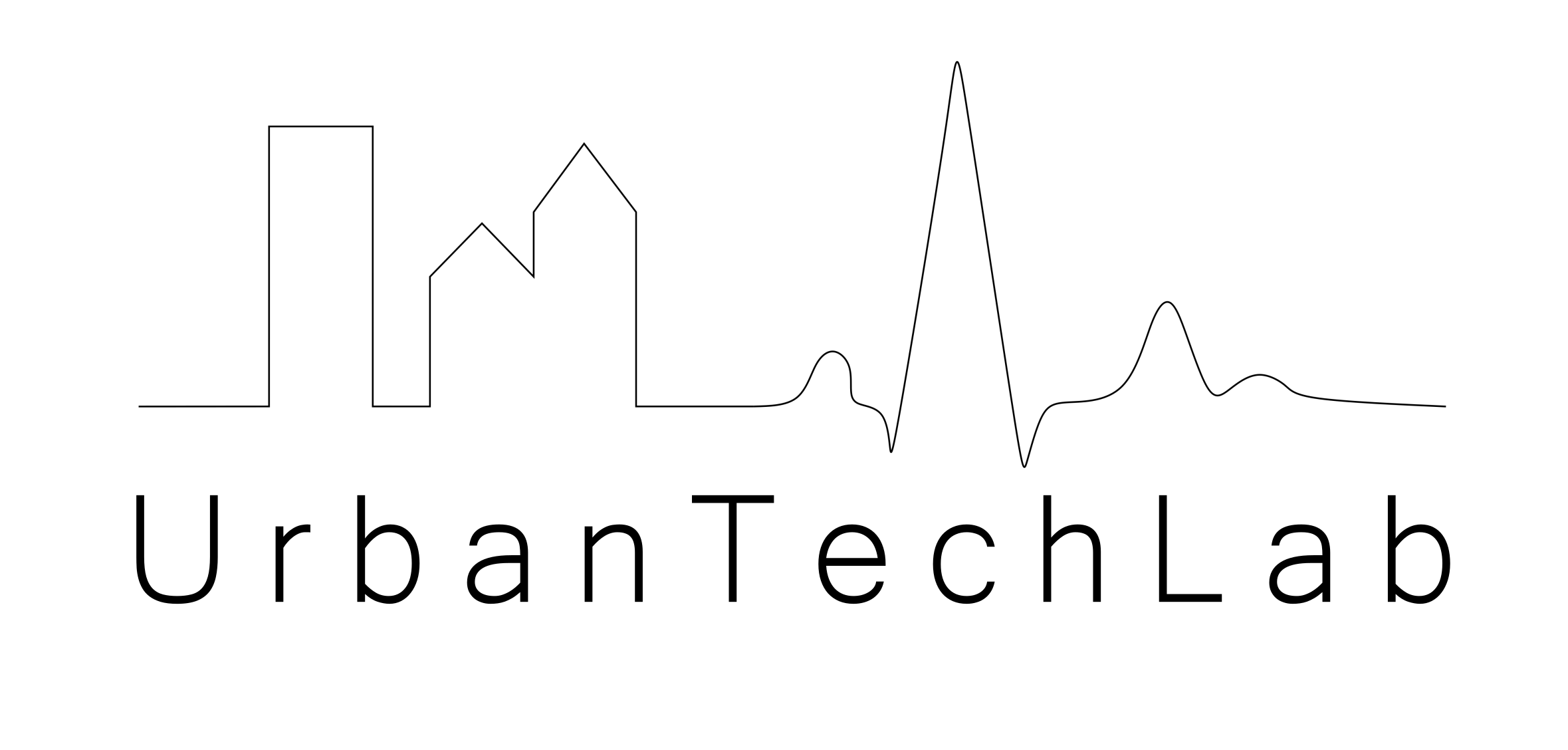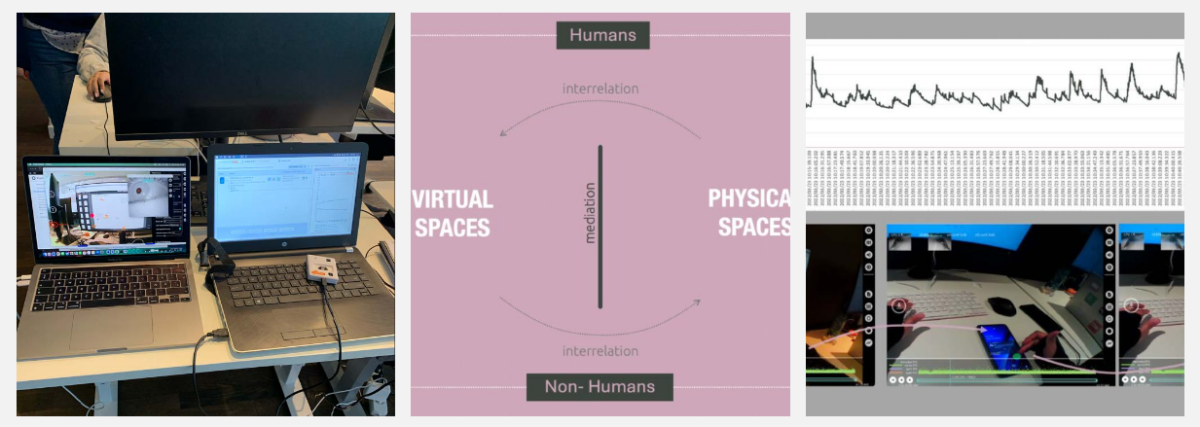2022. Master thesis from Spatial Designs and Society, RUC
How are the annotators’ experiences shaped by interactions in physical and virtual spaces? And how do these spaces interrelate in the case of Go Autonomous?
[…] the Coronavirus pandemic provoked and proved that most people could work from home. But this could be a direction that neglects elements that offices create in our society. The most important is the interaction of non-human and human elements that form an experience and a posterior legacy in individual development. Furthermore, this research exposes that although we are living in a digital era, social relations and the use of physical spaces are still relevant for people that are active parties in our society. Thus, the relevance of this study to contribute to the comprehension of which is the direction of the workforce within the digital era.
The main focus was to comprehend the [data] annotators’ experience by using different kinds of methodologies that could give unique and personal insights. Therefore, Participant Observation, Semi-structured interviews, and Biometric methods were implemented to obtain acute results.
[…] the implementation of biometric methods was relevant to contrast and validate what was said by the annotators in the semistructured interviews, and what was observed during my participant observation. […] Therefore, in this research, the eye-tracking method, complemented by the Galvanic skin response (GSR), was used to gather data while the annotators were working on different tasks. These helped me to get a better overview of how an external experience could create an immediate response from the annotators’ bodies.
By Alejandra Yanet

